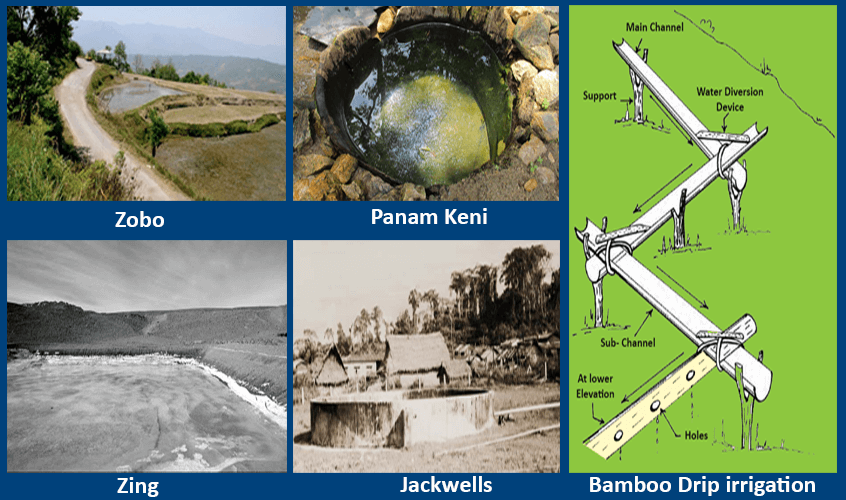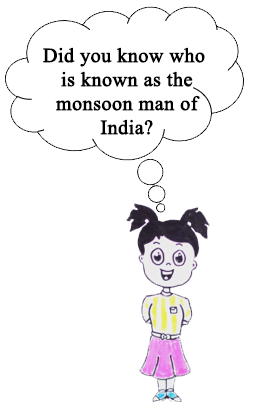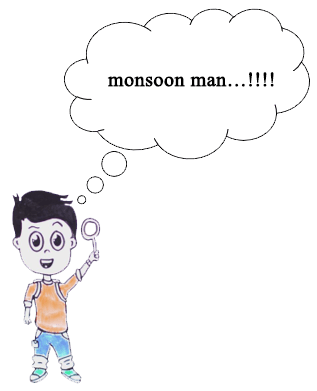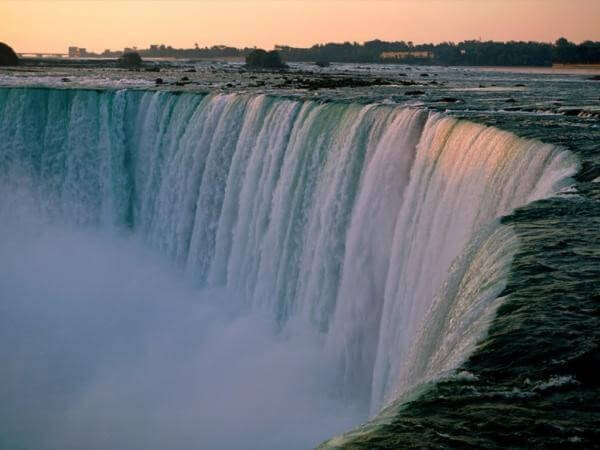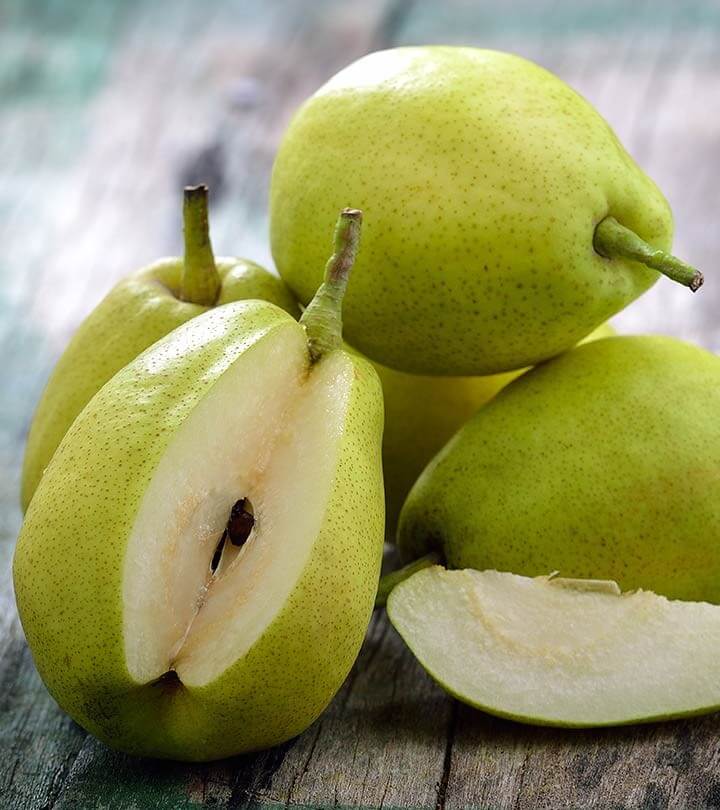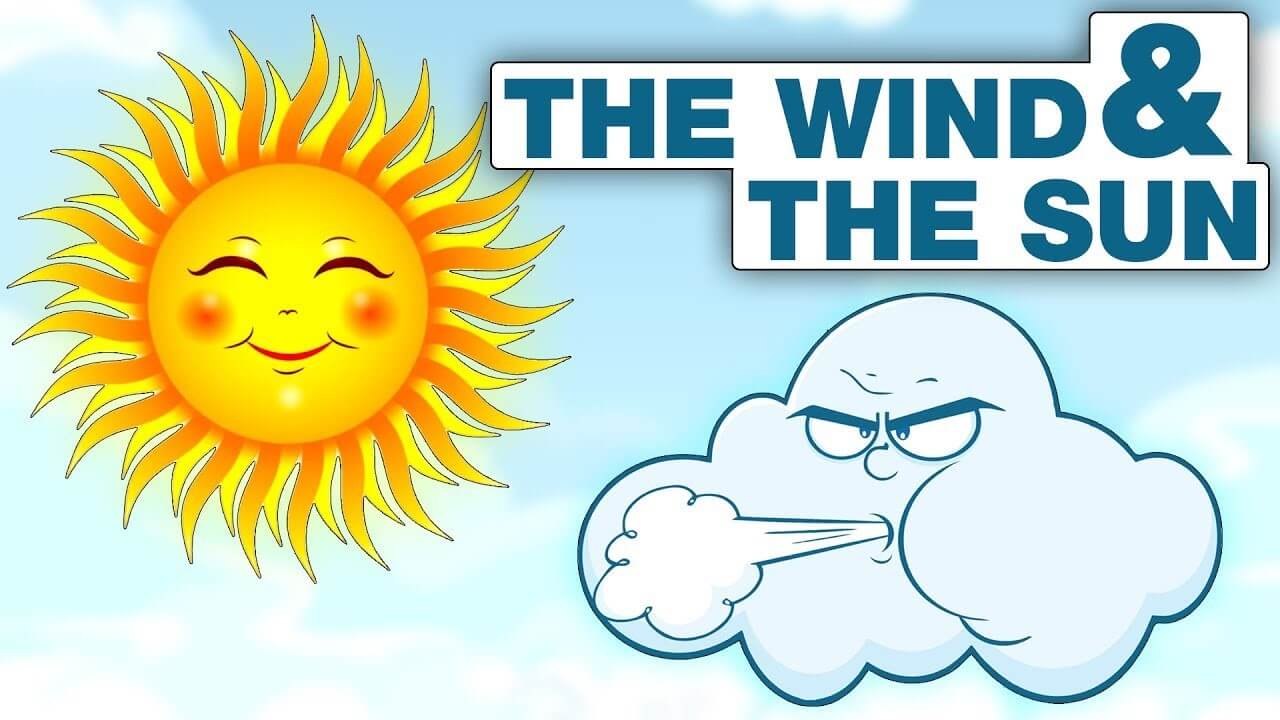In Story
A Rainbow Story

Out in the lush, green garden Binnu chased the multi-coloured butterflies which flitted from flower to flower.
Suddenly there was a flash of lightening. Soon, the sky was completely overcast and it begun to rain. Binnu and his mother took shelter in the verandah and watched the rain. The rain stopped after a while and the sun peeped out from behind the clouds.
Binnu ran into the garden again. He caught his breath when he looked at the sky. A lovely multi-coloured arc extended right across the blue expanse.
"When the sun's rays shine on the falling drops of rain, a rainbow is formed." His mother told Binnu.
"Mother, tell me a story of the rainbow," begged Binnu.
"Well, in King Indra's court there were seven naughty children who were always quarrelling and fighting."
"One day an argument arose over who was the greatest among them."
"The red child said, 'How can it be anyone but me? Watermelons, pomegranates, apples, tomatoes all have red, you see.'
"Spoke the orange child, 'Oranges, carrots or grain they are all the same. They owe their colour to me.'
"The yellow child piped up, 'My fame has spread far and wide, you find me in guavas, bananas, sunflower or rose. In all of them its yellow that shows.'
"Now it was the turn of the green child, 'Wherever there is green I can be seen on unripe mangoes and tamarind is my seat.'
"Then spoke the blue child, 'Lift your eyes to the sky and you'll know why none is greater than I.'
"But the indigo child interrupted, 'Have you seen the peacock dance? The water-lily and the lake itself takes my hue.'
"Now it was the turn of the violet, 'Be it jamun, grape or aubergine, I give them life, on their bodies am I seen.'
"The children were quarrelling when Indra arrived on the scene. 'Why are you squabbling?' he asked. 'You know good children don't quarrel.'
"They told God Indra the cause of the squabble and asked, 'You tell us who is the best among us?'
"Indra laughed. 'There is little to choose between you. You look lovely when you are together and form a rainbow. No one can divide you.'
Source: By Usha Joshi; Published by National Book Trust, India.
UNSUNG HEROES
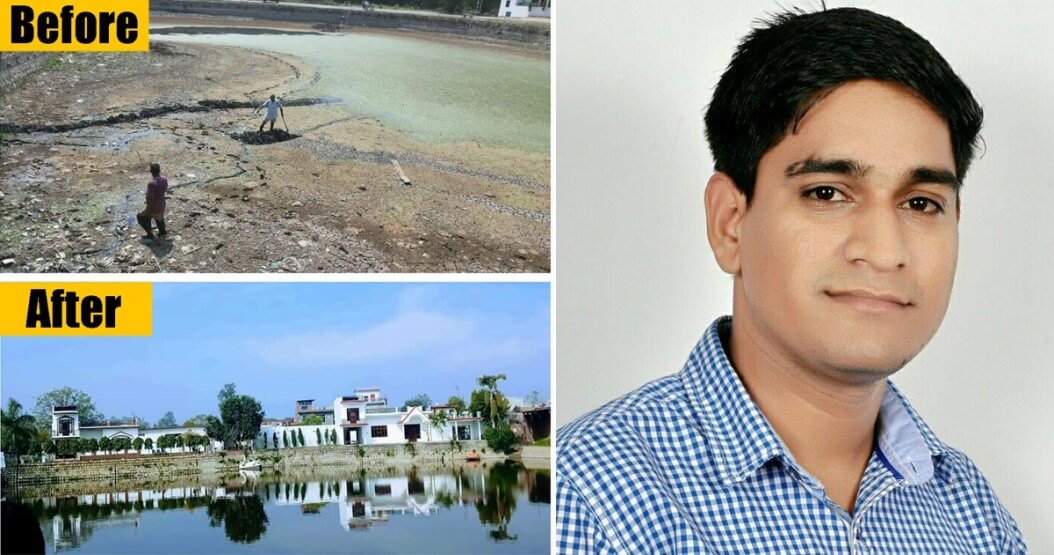
Ramveer Tanwar
Reviving Dead Lakes
In India the state of various water bodies has been a concern for some time.
RamveerTanwar, a 25-year-old engineer by profession quit his job at an MNC and started his journey as an active environmentalist. He was passionate about water conservation during his days in B.tech., his inspiration being Vikrant Tongad who is a well-known environmentalist.
In April 2018, summer had begun and the water situation was so adverse that UP government had declared 6 districts draught affected. Ramveer belonged to a family where generations had worked as farmers and knew and understood the dire situation of the water reservoirs in the area. So, he started a water conservation campaign with his fellow college mates and the children he taught. The people of the area understood the campaign but never contributed to it as they themselves were exploiting the resources.
Ramveer then started a program called "Jal Choupal" where gatherings and rallies were conducted village to village in many districts. In the Dabra district, Ramveer took upon himself to revive the one-time existing beautiful lake, that had got garbage laden over the years leading the lake to being perpetually dead. During the initial stages of the project, to revive the lake in Dabra, despite many hurdles the project started in 2015. Many villagers came to aid by providing either labour forces or tools and equipments to help remove tonnes of garbage and restore the lake to its glory. The government also helped in providing plants to plant on the banks on order to facilitate the filtration process in order to rejuvenate the ground water.
Currently Ramveer Tanwar is running his own NGO and is working as an environmentalist. Since 2015 Ramveer Tanwar has revived around 10 lakes in and around UP.

